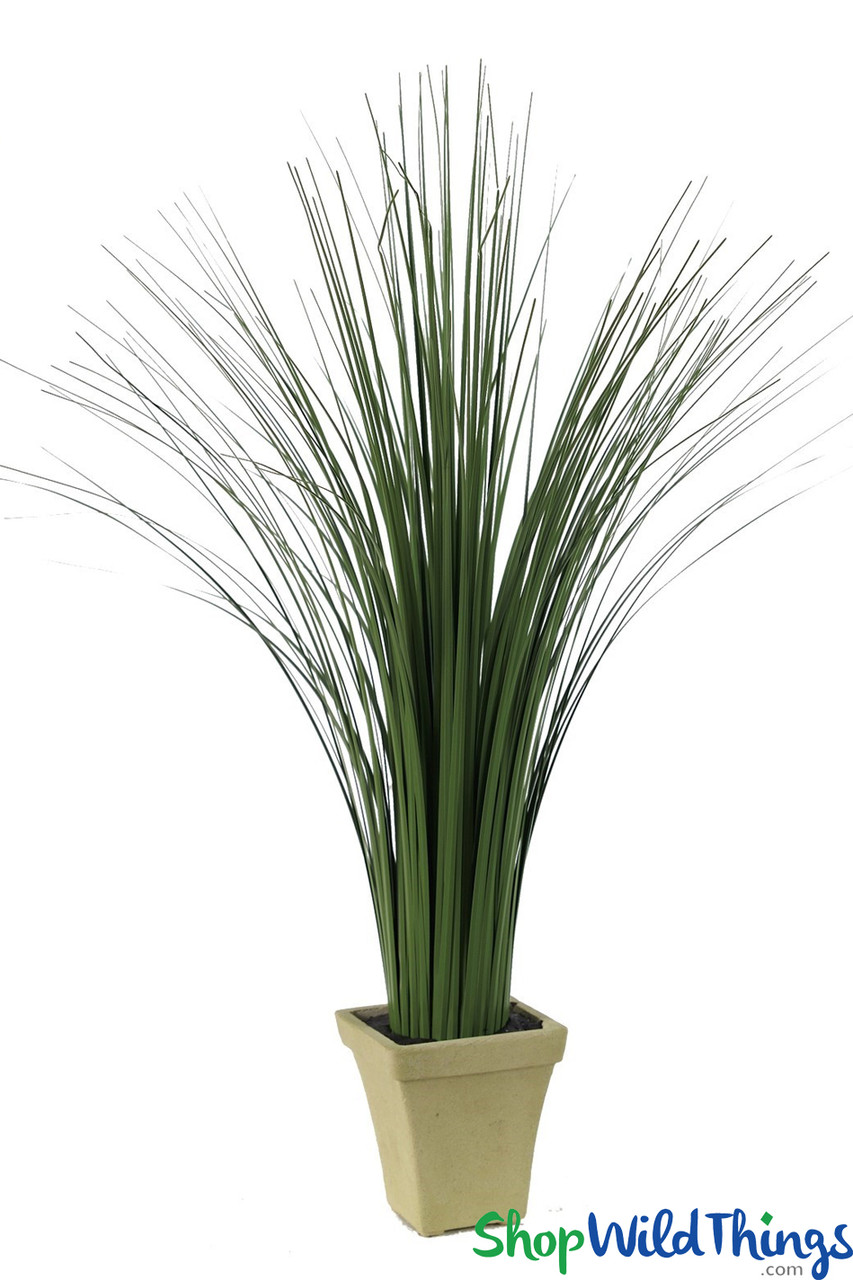Introduction
Decorating your space can be a delightful yet challenging endeavor. Over the years, I’ve experimented with various elements to enhance the aesthetics of my home. One trend that caught my eye was faux decorative grass. In this article, I’ll share my insights on faux grass, from its benefits to installation tips, along with comparisons and personal experiences.
What is Faux Decorative Grass?
Faux decorative grass, also known as artificial grass or synthetic turf, is a man-made product designed to mimic the appearance of natural grass. It has gained popularity in residential and commercial spaces due to its versatility, low maintenance, and aesthetic appeal.
Benefits of Faux Decorative Grass
There are numerous advantages to using faux decorative grass in your space. Here’s a breakdown:
- Low Maintenance: Unlike natural grass, faux grass requires minimal upkeep. No need for mowing, watering, or fertilizing!
- Durability: Designed to withstand heavy foot traffic and harsh weather conditions, faux grass can last for several years.
- Allergy-Friendly: For those allergic to pollen, faux grass offers a pollen-free environment.
- Aesthetic Variety: Available in various colors and textures, it can complement any design style.
Common Uses for Faux Decorative Grass
Faux decorative grass can be utilized in various settings:
Residential Applications
From backyards to balconies, faux grass is perfect for:
- Lawns
- Patios
- Decks
- Indoor spaces like playrooms and offices
Commercial Applications
Businesses are also leveraging faux grass for:
- Landscaping
- Showrooms
- Outdoor dining areas
- Event spaces

Types of Faux Decorative Grass
Understanding the different types of faux grass available can help you make an informed decision:
1. Nylon Grass
This type is highly durable and ideal for high-traffic areas.
2. Polyethylene Grass
Soft and realistic, it’s perfect for residential applications.
3. Polypropylene Grass
This type is budget-friendly but less durable compared to nylon and polyethylene.
Comparison Table of Faux Grass Types
| Type | Durability | Softness | Cost |
|---|---|---|---|
| Nylon | High | Moderate | High |
| Polyethylene | Moderate | High | Moderate |
| Polypropylene | Low | Low | Low |

Installation Process of Faux Decorative Grass
Installing faux decorative grass is a straightforward process, but following the right steps is essential for a successful outcome. Here’s a detailed guide based on my experience:
Step 1: Preparing the Area
Clear the area of debris, and use a weed barrier fabric to prevent weeds from coming through.
Step 2: Measuring and Cutting
Measure the area accurately, and cut the faux grass to size, allowing a little extra for adjustments.
Step 3: Securing the Grass
Use adhesive or landscape staples to secure the edges, ensuring it lies flat.
Step 4: Adding Infill (Optional)
Adding an infill material like rubber granules can help improve durability and feel.
Pros and Cons of Faux Decorative Grass
As with any design choice, faux grass comes with its advantages and disadvantages. Here’s a closer look:
Pros
- Low maintenance
- Year-round green appearance
- Safe for children and pets
- Environmental sustainability by reducing water usage
Cons
- Higher upfront costs
- Can get hot in direct sunlight
- Not biodegradable

Personal Experience with Faux Decorative Grass
When I decided to revamp my backyard, I was torn between natural grass and faux alternatives. After weighing the pros and cons, I opted for faux decorative grass. The installation was relatively easy, and I was thrilled with the immediate transformation of my space. My kids love playing on it, and I can finally relax without worrying about lawn maintenance!
Frequently Asked Questions about Faux Decorative Grass
1. How long does faux grass last?
With proper care and maintenance, faux grass can last anywhere from 8 to 15 years.
2. Is faux grass safe for pets?
Yes, faux grass is a safe option for pets. Just ensure that any materials used for installation are pet-friendly.
3. Can it be installed over concrete?
Absolutely! Faux grass can be installed over concrete surfaces with the right preparation.

4. How do I clean faux grass?
Regularly remove debris, rinsing with water as needed. For deeper cleaning, use a mild soap solution.